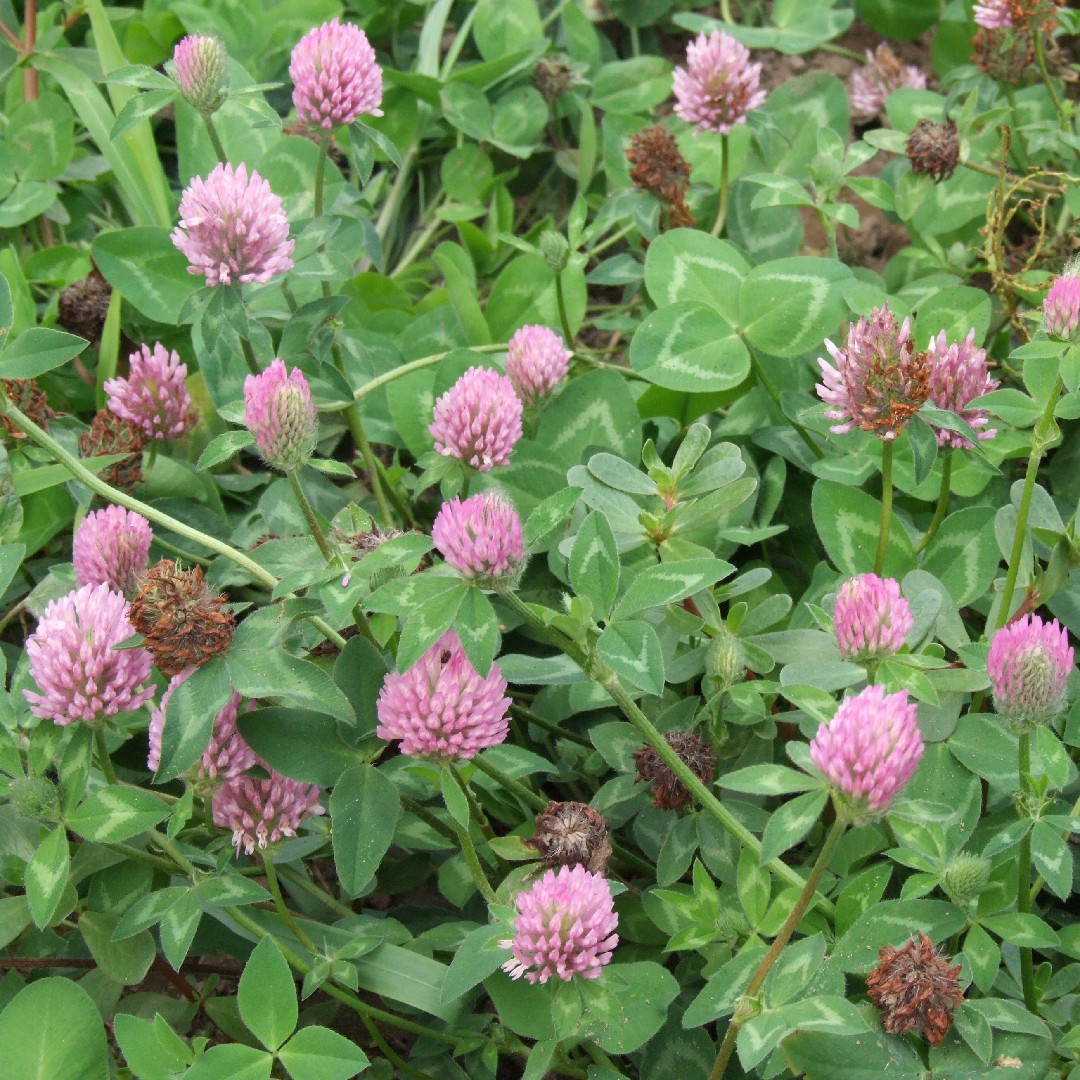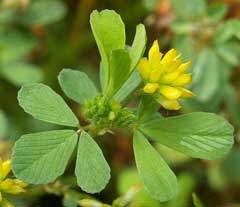Japanese Clover: The Beautiful Weed That's Good For You
Japanese clover is a beautiful and delicate plant that is often mistaken for a weed. However, this unassuming plant is actually packed with nutrients and health benefits.
In this blog post, we will take a closer look at Japanese clover, its history, its uses, and its health benefits. We will also discuss how to grow and care for Japanese clover in your own garden.
History of Japanese Clover
Japanese clover (Trifolium repens var. japonicum) is a member of the legume family, Fabaceae. It is native to East Asia, but it has been introduced to many other parts of the world, including North America, Europe, and Australia.
Japanese clover is a perennial plant that can grow up to 12 inches tall. It has bright green leaves that are trifoliate, meaning they are divided into three leaflets. The flowers are white or pink and bloom in the spring and summer.
Japanese clover has a long history of use in traditional Chinese medicine. It has been used to treat a variety of ailments, including coughs, colds, and stomachache. In recent years, Japanese clover has also been studied for its potential health benefits.
Uses of Japanese Clover
Japanese clover is a versatile plant that can be used in a variety of ways. It can be eaten fresh, cooked, or dried. It can also be used to make tea, juice, or extract.
Japanese clover is a good source of vitamins A, C, and K. It is also a good source of minerals, including calcium, iron, and magnesium.
Japanese clover has a number of potential health benefits. It is believed to boost the immune system, improve digestion, and reduce inflammation. It may also help to lower cholesterol and blood pressure.
How to Grow Japanese Clover
Japanese clover is a relatively easy plant to grow. It prefers full sun but can tolerate partial shade. It is also drought-tolerant and can grow in poor soil.
To grow Japanese clover, simply sow the seeds in the spring or fall. The seeds should germinate in about 1-2 weeks. Japanese clover will spread quickly, so you may need to thin it out as needed.
Once established, Japanese clover is a low-maintenance plant. You will only need to water it occasionally, and you should not need to fertilize it.
Conclusion
Japanese clover is a beautiful and beneficial plant that can be enjoyed in a variety of ways. It is a good source of nutrients and has a number of potential health benefits. If you are looking for a new plant to add to your garden, Japanese clover is a great option.
Japanese clover, also known as common lespedeza, is a flowering plant in the legume family. It is native to Asia and has been introduced to many other parts of the world, including the United States. Japanese clover is a perennial plant that can grow up to 40 centimeters tall. It has trifoliate leaves (meaning that each leaf is made up of three leaflets) and small pink or purple flowers. Japanese clover is often used as a forage crop for livestock, but it can also be found growing wild in disturbed areas.
If you are interested in learning more about Japanese clover, I recommend visiting the website Garden Wiki. This website provides a wealth of information about the plant, including its identification, biology, and uses. You can also find helpful tips on how to control Japanese clover if it is growing in your yard or garden.
Image of japanese clover
5 different images of Japanese clover from Pinterest:
- Trifolium repens, also known as white clover, is a common clover found in Japan. It has white flowers and three leaflets.
- Trifolium pratense, also known as red clover, is another common clover found in Japan. It has pink or red flowers and three leaflets.

- Trifolium incarnatum, also known as crimson clover, is a clover with bright red flowers and three leaflets. It is less common than white clover or red clover in Japan.

- Trifolium hybridum, also known as alsike clover, is a clover with white or pink flowers and three leaflets. It is a non-native species in Japan, but it has become naturalized in some areas.

- Trifolium dubium, also known as hop clover, is a clover with small white flowers and three leaflets. It is a rare species in Japan, but it can be found in some areas of the country.

Post a Comment for "Japanese Clover: The Beautiful Weed That's Good For You"